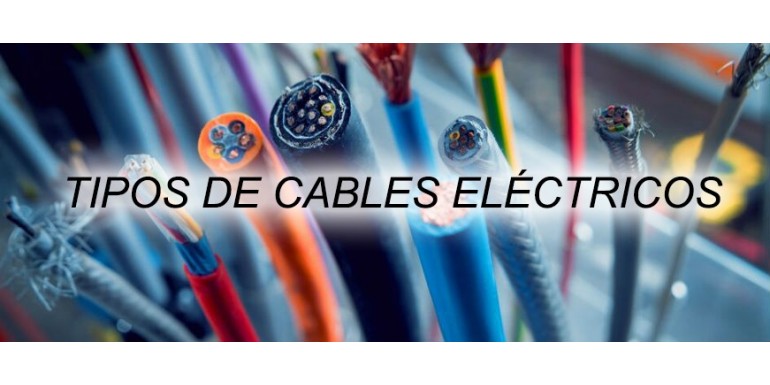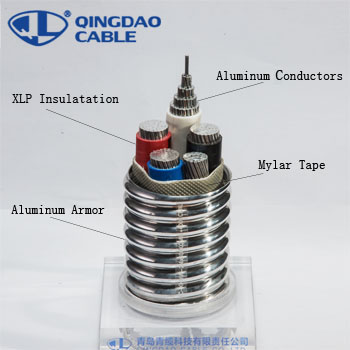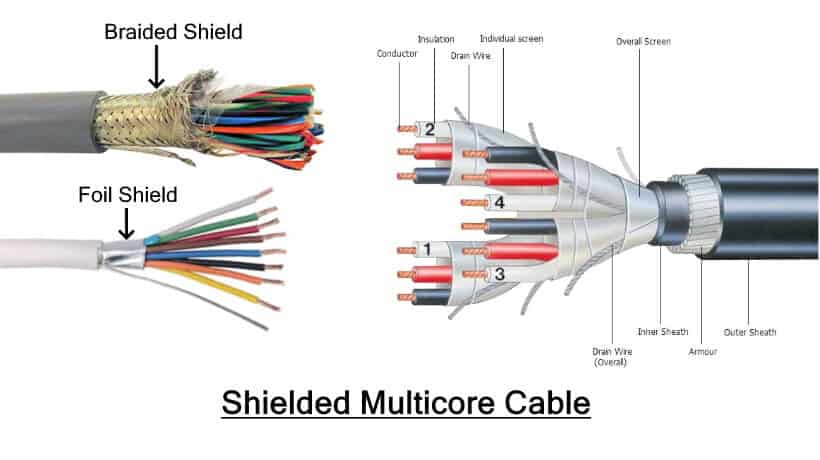
Introduction
Overview of Electrical Wires and Cables
Electric cables and wires serve the vital function of carrying electrical current. While wires consist of a single electrical conductor, cables are bundles of multiple wires within a protective sheath. A wide range of cables and wires exist to cater to various applications and needs in the electrical industry.
Distinguishing Between Wires and Cables
Wires are simple electrical conductors, whereas cables are designed as groups of wires enclosed in a protective casing. Understanding this fundamental difference is crucial when selecting the appropriate solution for specific electrical requirements. Communication cables, for instance, are tailored for transmitting signals and information efficiently.

Types of Electrical Wires
Single Conductor Wires
– Consist of a single electrical conductor- Basic form of wire used for simple electrical connections- Commonly found in household wiring applications
Multi-Conductor Wires
– Comprise multiple insulated conductors within a single outer jacket- Ideal for more complex electrical installations- Used in industrial settings and structured cabling systems

Types of Electrical Cables
Armored Cables
– Wrapped in a protective layer of metal or interlocking aluminum armor- Provide enhanced mechanical and environmental protection- Commonly used in areas where cables are exposed to physical damage or moisture
Non-Metallic Sheathed Cables
– Consist of insulated conducting wires enclosed in a non-metallic sheath- Flexible and easy to install in residential applications – Typically used for indoor wiring where protection against mechanical damage is not a primary concern

Communication Cables
Purpose and Usage of Communication Cables
Communication cables are designed exclusively for transmitting information or signals from one point to another. These cables play a crucial role in enabling communication across various devices and systems. They are commonly used in telecommunications, networking, and audio-visual applications.
Types of Communication Cables
When it comes to communication cables, there are several types available to cater to different requirements. Some common types include:- Coaxial Cable: Consists of a central conductor, insulating layer, metallic shield, and outer insulation. Ideal for high-frequency transmission.- Fiber-Optic Cable: Utilizes thin strands of glass fibers to transmit data using light signals. Known for high data transfer speeds and immunity to interference.- Twisted Pair Cable: Consists of two insulated copper wires twisted together. Commonly used in Ethernet networking.

Power Cables
Understanding Power Cables
Power cables are specifically designed to transmit electrical power from a power source to various electrical equipment or appliances. These cables are crucial for providing the necessary electricity for the operation of devices in homes, industries, and commercial spaces.
Different Varieties of Power Cables
There are different types of power cables available to meet diverse needs:- Triplex Cables: Consist of three insulated conductors twisted together, commonly used in overhead power lines.- Armored Cables: Have an additional protective layer for mechanical protection in harsh environments.- Submersible Cables: Designed to be submerged in water, commonly used in underwater applications.
